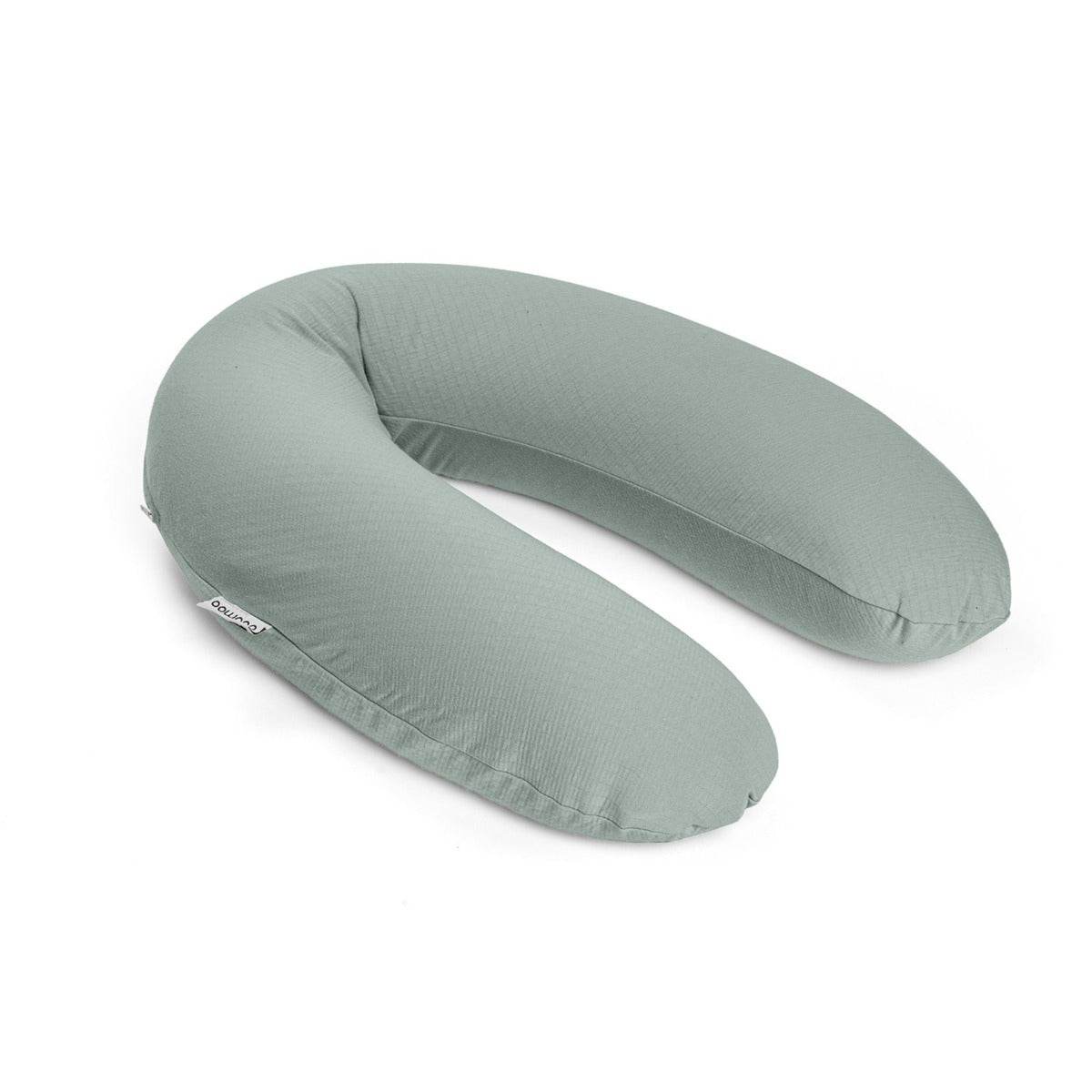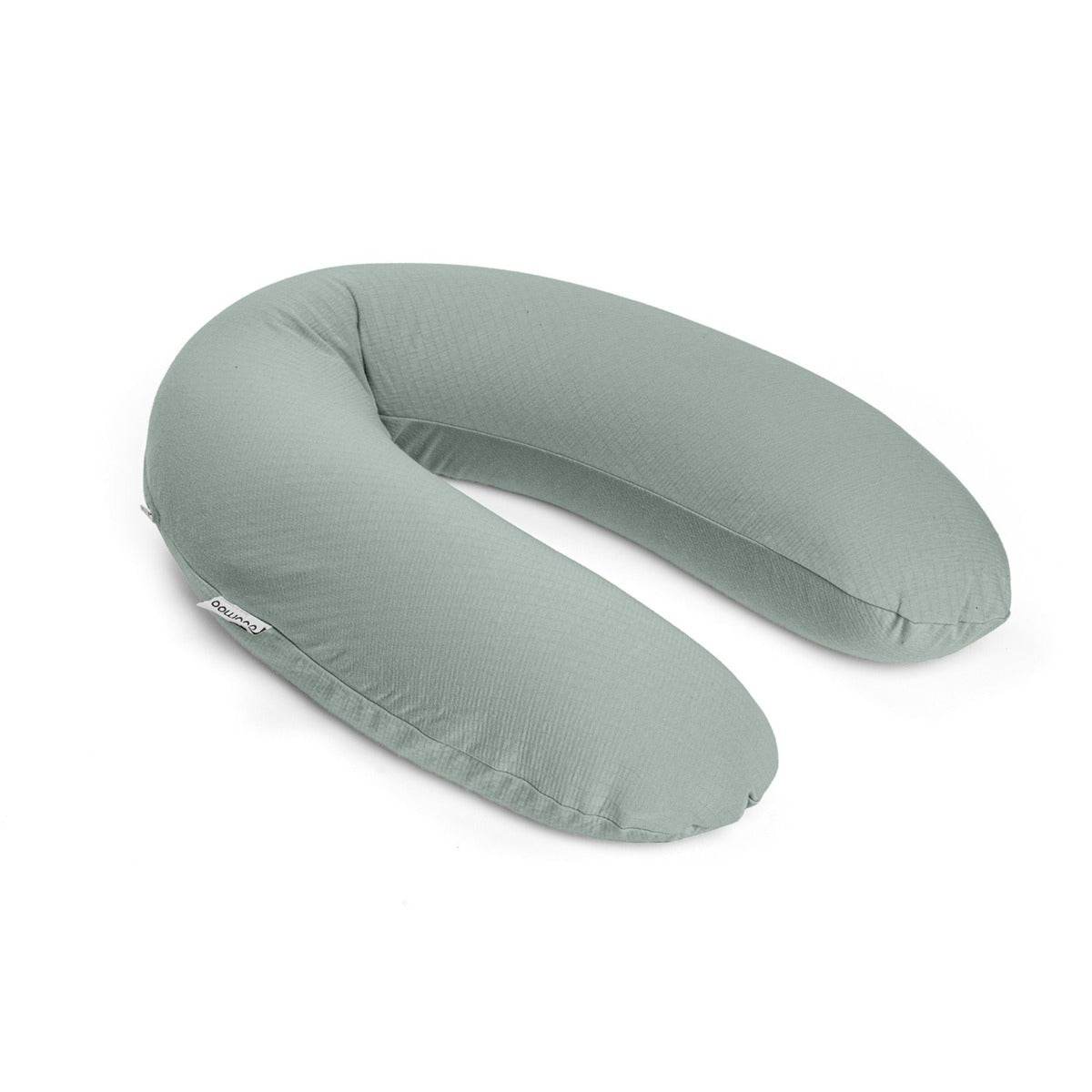Pregnancy and the accompanying hormonal changes can impact your pelvic floor muscles. We’ve asked pelvic health physiotherapist Liz Childs to break down what these important muscles actually do, how pregnancy affects them, and how to make sure they’re working well.
What to Know About Your Pelvic Floor During Pregnancy
By Liz Childs, Pelvic Health Physiotherapist, Founder of Pelvic Health Physiotherapy (Wellington)
The pelvic floor muscles are an important group of muscles. During pregnancy, changes occur that can affect these muscles, and it becomes even more important to ensure they are functioning well.
So, let’s have a look at what these muscles are and how they work.
What are the pelvic floor muscles?
The pelvic floor muscles are a layer of muscles sitting under the pelvis. They extend from the pubic bone at the front to the tail bone at the back.
What is their function?
The pelvic floor muscles have a role in:
- Support of the pelvic organs – bladder, bowel, uterus
- Control of bladder and bowel function – stopping leakage
- Control of urge to go to the toilet
- Emptying of the bladder and bowel
- Sexual response and orgasm
- Core stability
What changes happen to the pelvic floor during pregnancy?
During pregnancy there are significant changes in hormone levels, causing the pelvic floor muscles and other structures to soften and stretch. This allows room for the baby to grow, and more flexibility of tissues to help with vaginal delivery through the pelvis.
Why is it important to have good pelvic floor function in pregnancy?
Having good pelvic floor muscle function helps:
- prevent more severe perineal tears during labour
- reduce the risk of bladder leakage in pregnancy and after birth
- shorten the pushing stage of labour
How do you do a pelvic floor muscle contraction?
- Sit or lie down
- Squeeze and pull up inside – you should feel a movement around the vagina and the anus
- Imagine you are trying to pull a tampon further into the vagina, or stop a fart
- Try to hold for 10 seconds – you may need to build up to this
- Relax for 10 seconds after each muscle contraction
- Repeat 10 times
- It’s important to feel the muscles relax fully after each contraction
- Try to do 3 sets of 10 second holds per day
If you’re not sure you’re doing it correctly or not able to feel the muscles relax, contact an experienced pelvic health physiotherapist – they will be able to help you identify the correct muscles and give you a customised pelvic floor strengthening programme.
High tone pelvic floor muscles
Sometimes the muscles in the body get too tight – including the pelvic floor! The pelvic floor muscles function the same way as other muscles, sometimes they are too weak, sometimes they are too tight – the difference is the pelvic floor is in a bit of an awkward place, and it can be hard to tell what’s happening as we can’t see them.
Signs that your pelvic floor may be too tight include:
- Pain with penetrative sex
- Pain with vaginal exams or inserting tampons
- Problems emptying the bladder and bowel
- Bladder leakage and/or urgency
- Difficulty feeling the muscles relax after a muscle contraction
If you suspect your muscles may be tight/high tone, it’s a good idea to get checked by an experienced pelvic health physiotherapist.
High tone pelvic floor muscles that don’t relax when you push can impact on labour causing:
- A longer second stage – the pushing part of labour
- Birth trauma – damage to the pelvic floor
Why is this not talked about more?
Pelvic floor problems have traditionally been seen as shameful and embarrassing and were not discussed. Thankfully, this is changing, but people still often don’t know where or how to seek help. Many don’t even know what to look out for in terms of symptoms.
Pelvic floor problems are common, but they are NOT normal. You don’t have to put up with it. Pelvic health physiotherapists are used to talking about these personal and often sensitive issues, and we are here to help you.








































